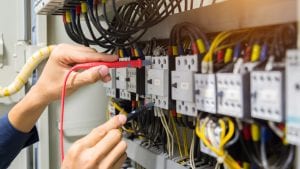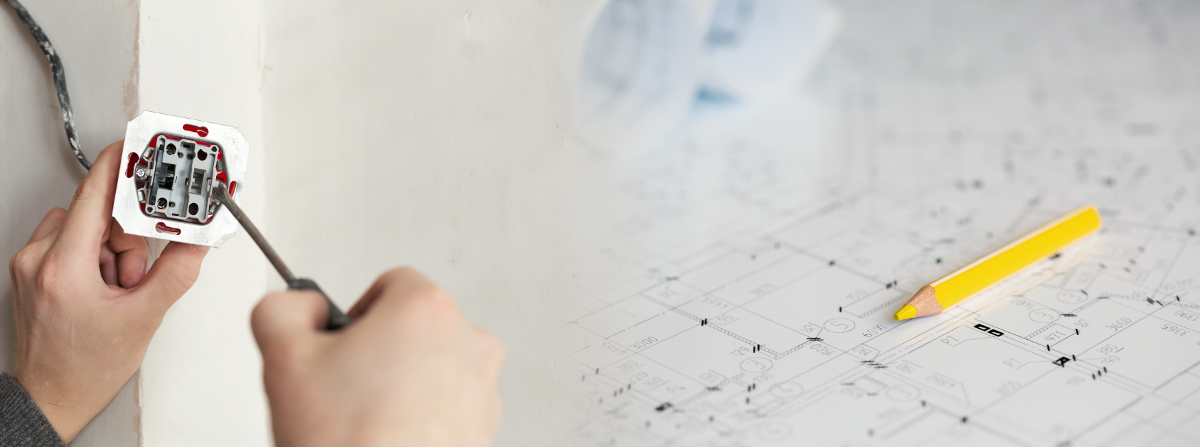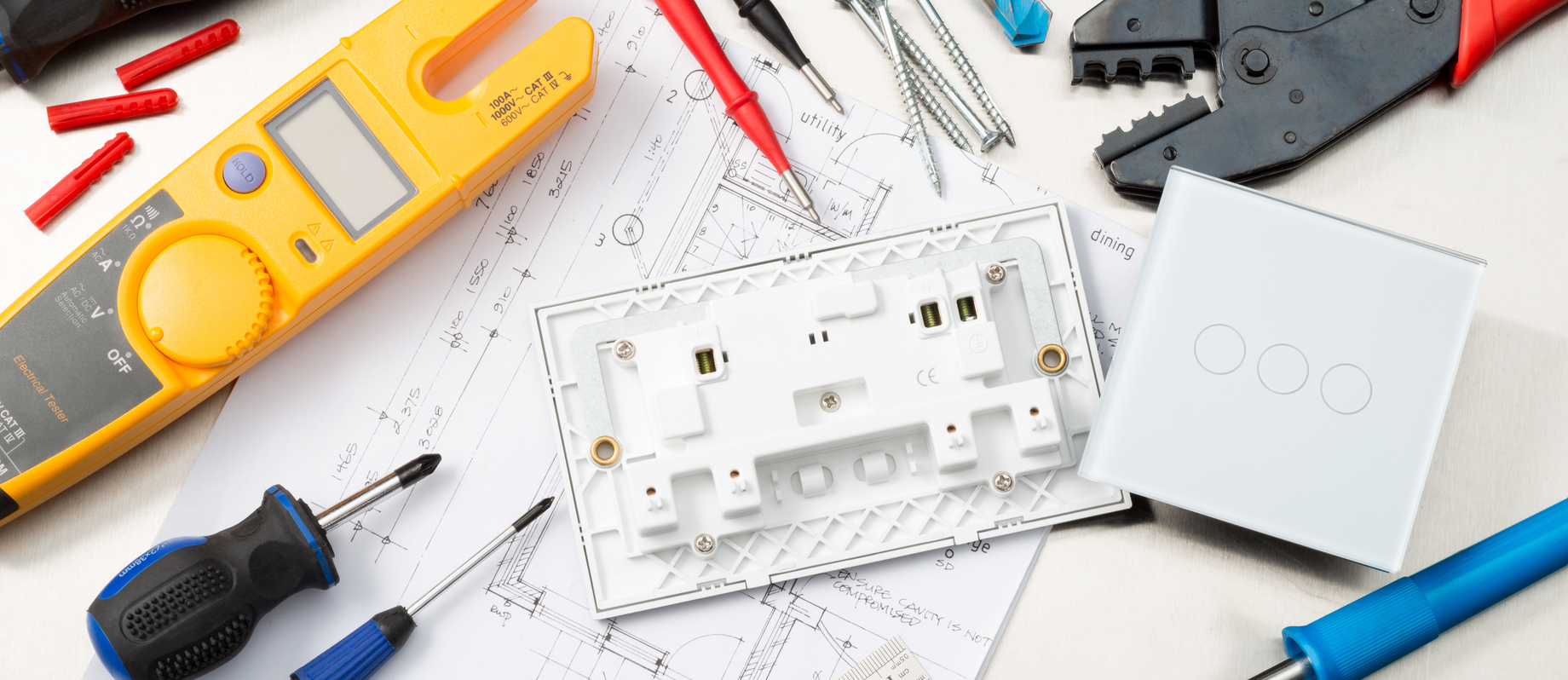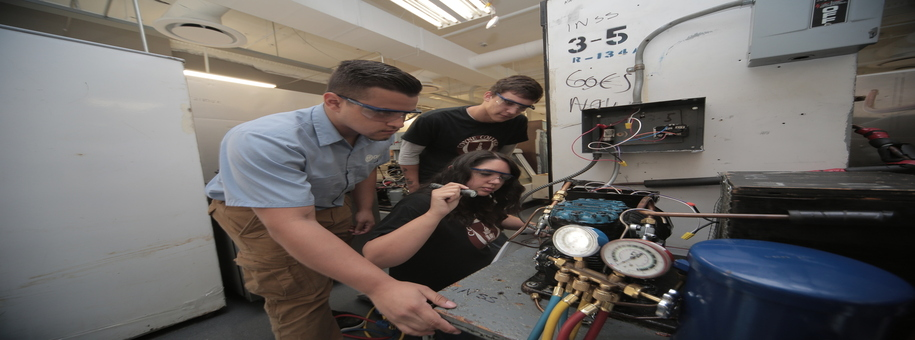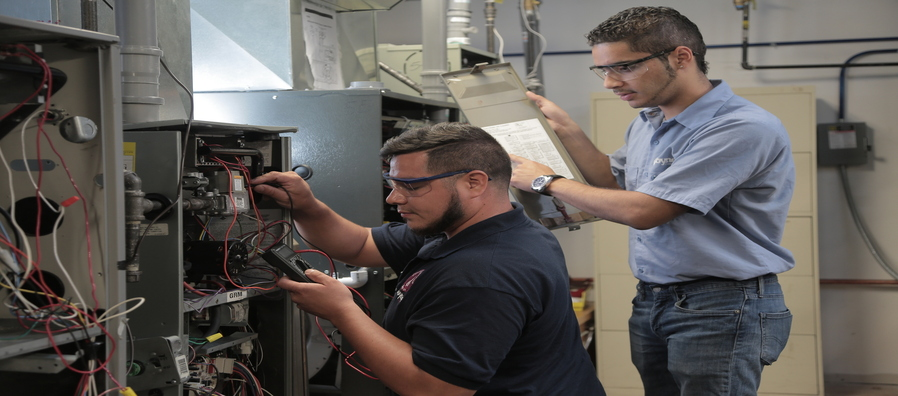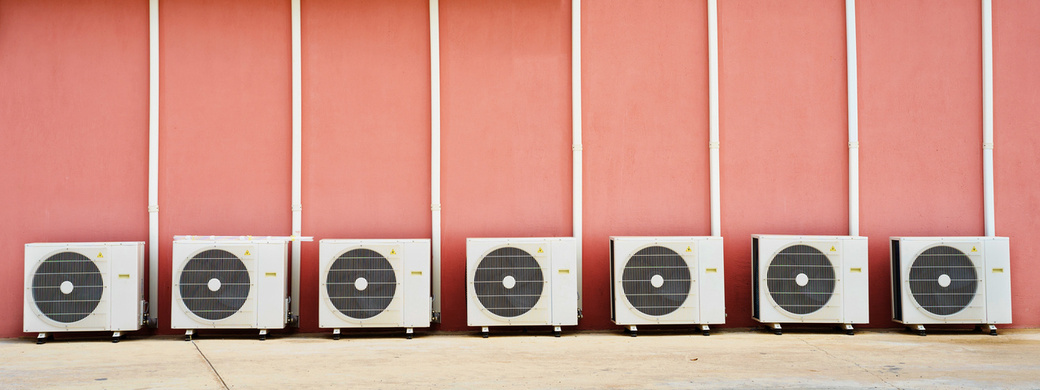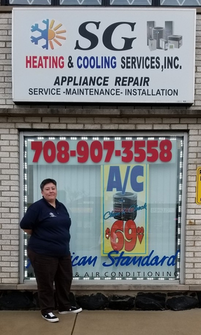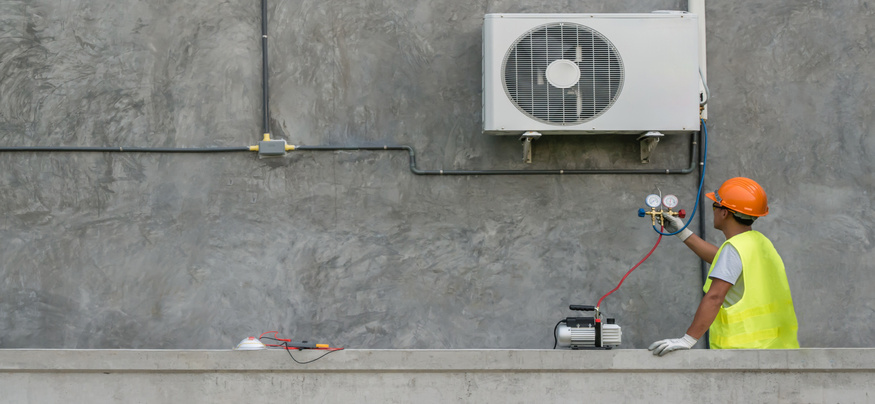HVAC technicians may embody the most diverse skills in the trades, as they are practically employed during a given day on the job. Their primary duties are to install, maintain and repair various indoor climate control systems, but each of those tasks is more complex than the single word attempting to fully describe it. What exactly does installing entail? It’s likely that you aren’t even aware of some of the HVAC Technician Tasks must perform.
Before we describe these tasks, here is some background about the trade.
HVAC – AC & Heating Technician work in a variety of settings – basically any building that needs heating and cooling, residential or commercial. Their work helps help maximize the efficiency of HVAC systems, which improves quality of life for the building’s occupants and saves money for the person footing the electric or natural gas bill. Optimizing systems also help reduce their negative effects on the environment. Some tactics technicians use to meet these environmentally friendly ends include replacing old filters with new ones, installing dehumidifiers and installing efficient thermostats.
Now is a good time to be getting into the HVAC field. The Bureau of Labor Statistics (BLS) projects HVAC technician employment will increase by 15 percent through 2026, citing both continued new construction and an increased prevalence of service contracts, especially during slow seasons.
Because buildings are more or less required to have heating systems, HVAC technicians have the potential to be able to work wherever they want. An additional perk is HVAC Technician Training where they being paid to learn on the job as an entry-level worker, gaining skills until they earn what a journeyman technician makes.
Here are a few things HVAC technicians do on the job that might not come to mind when you think of the profession:
Read Blueprints
HVAC technicians need to know how to read building blueprints because understanding the design of the building allows them to see where they can place furnaces, air conditioners and other HVAC components.
HVAC technicians are crucial cogs in the construction of buildings that have HVAC systems. It’s also worth noting that the systems installed in a building dictate what that building can be used for, which also factors into where components are installed.
Test Electrical Components
Like most household appliances, HVAC systems require electricity to function. HVAC technicians need to test electrical components to make sure they work when installing furnaces, air conditioners and other systems. They are frequently armed with multimeters to measure voltage and other readings of an electrical outlet or component. It’s important for their safety that they make sure the electricity is off when doing installations.
Being able to troubleshoot electrical components is a highly useful skill during installations. Doing so allows technicians to rule out problems with the electricity and focus on troubleshooting the HVAC component.
Test Piping and Tubing
HVAC systems typically create water as a byproduct of their functioning. For this reason, it is imperative that HVAC technicians properly construct piping and tubing that runs from the system to wherever the water is supposed to be redirected. For example, furnaces have pipes that carry condensation away from the unit, allowing the water to run harmlessly into the ground instead of soaking the contents of your basement and creating a huge puddle.
HVAC technicians also install insulated condensate drainpipes for people who live in areas that experience bitterly cold winters. Condensate pipes can freeze, build up and burst if conditions are too cold, resulting in one of the aforementioned puddles on your basement floor. Testing piping and tubing is an important part of an HVAC technician’s job.
Use Power Tools
As mentioned earlier, HVAC technicians, like electricians, plumbers and construction workers, are important to the construction of buildings. Installing heating and cooling systems often requires the use of power tools to create space for HVAC systems, make alterations, and modify PVC and other kinds of pipes to properly fit the given system.
Such power tools include saws, drills, vacuums and others. Each tool, especially the more dangerous ones, requires knowledge of the proper techniques in order to best utilize them.
Provide Customer Service
Customer service isn’t just for retail and sales. HVAC technicians perform a great deal of customer service on a daily basis. It isn’t enough to simply tell customers what they’re doing to fix the problem; they need to be able to explain, in a way the customer can understand, why they’re doing it.
People skills and a friendly demeanor are also useful to have when working as an HVAC technician. Customer service is important because customers the ones who keep technicians working. Positive interactions help increase word-of-mouth referrals and boost reputations. You were probably already aware of the customer service skills HVAC technicians use daily, especially if you’ve had them perform installation or maintenance, but their importance cannot be overstated.
As you can see, there is more to being an HVAC technician than simply swapping out furnace filters or performing routine inspections. HVAC technicians far more closely resemble jacks-of-all-trades than you may have expected, with their jobs including aspects of electrical work, plumbing, construction and architecture. If this kind of career appeals to you, perhaps training to enter the HVAC field is your next career move.
Master the HVAC Trade at Coyne
Coyne College is one of Chicago’s premier trade schools, offering an HVAC-R program designed to equip students with the skills and knowledge they need to build successful careers in the field as HVAC technicians.
While enrolled as a student in Coyne’s HVAC-R program, you will actively engage in learning the finer points of the occupation. Classes in the HVAC-R curriculum include:
- Introduction to Mechanical Refrigeration Systems
- Air Conditioning, Electric Heat and Heat Pumps
- Introduction to Commercial Controls
- Gas Heating
- And more
You will learn the ins and outs of the HVAC technician trade in a setting designed for your individual success. Coyne’s highly knowledgeable instructors have years of professional experience in the field and will pass their in-depth knowledge on to you.
Hands-on learning is a significant part of Coyne’s HVAC-R program, and rightfully so, but it is also mixed with theoretical components so students learn why they are doing what they are doing.
Coyne is proud to offer day and night options in order to best accommodate students’ busy schedules. The HVAC-R program is taught at Coyne College’s campus in the Chicago Loop at the intersection of State and Madison (known as “the world’s busiest corner”).
With more than 110 years of experience in helping aspiring skilled trade professionals build the foundation of their careers, Coyne College has a well-developed network of resources to help students gain employment after graduation.
Coyne College offers its students’ career assistance, including mock interviews, externships and resumes (Job description of HVAC Technicians) help. These resources can help students secure apprenticeships after completing the program.
To schedule a visit, contact an advisor or request more information about the program, call 800-720-3990 or visit https://www.coynecollege.edu.

